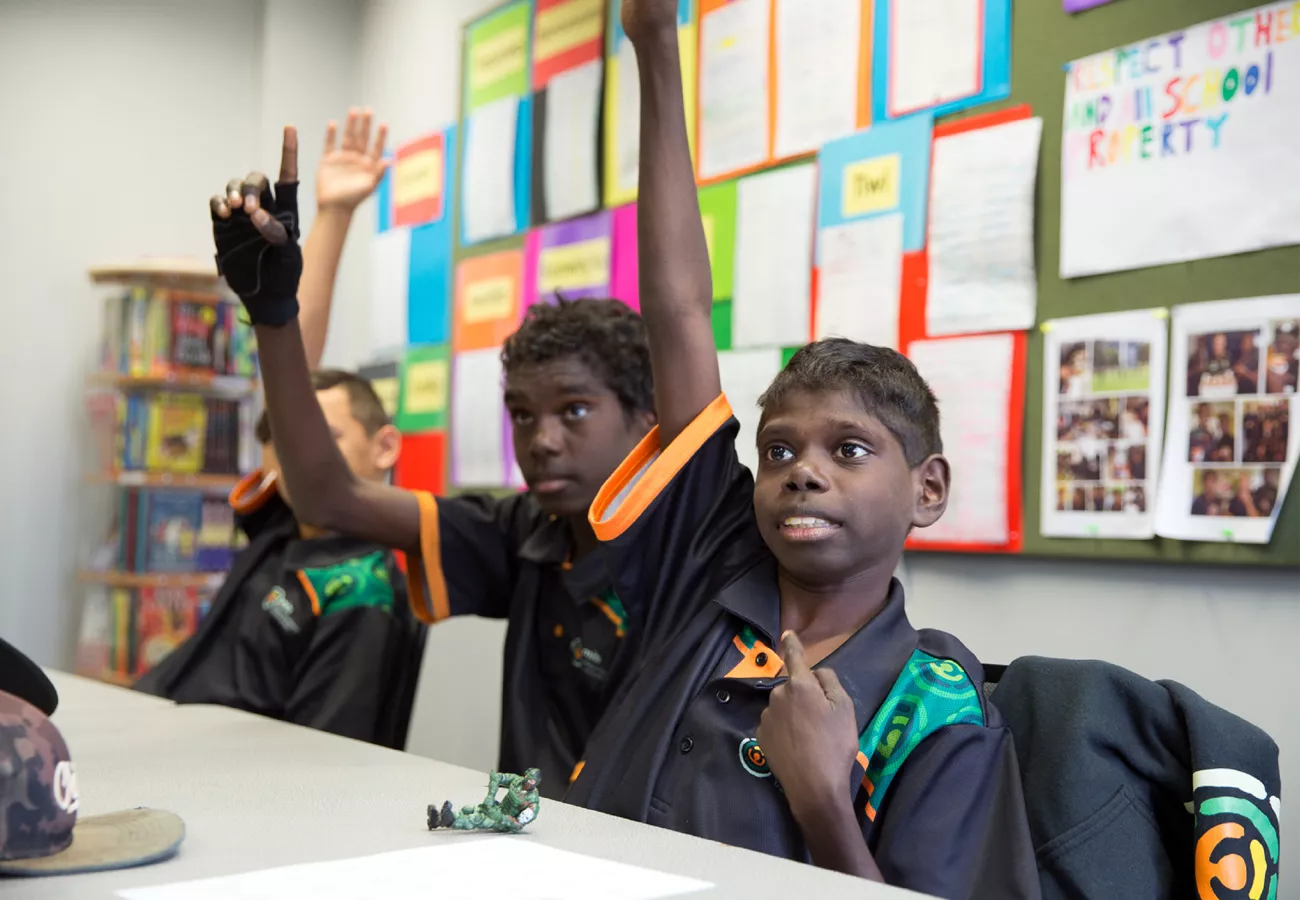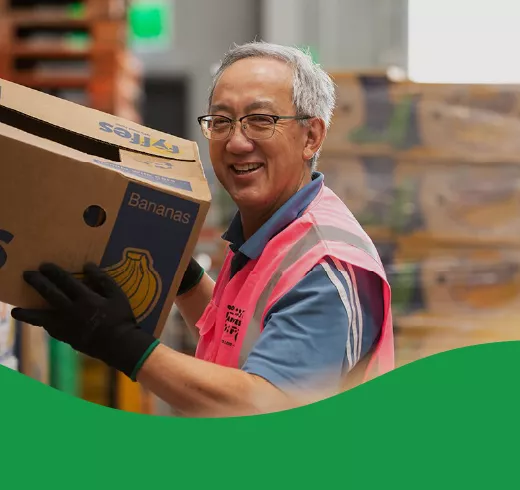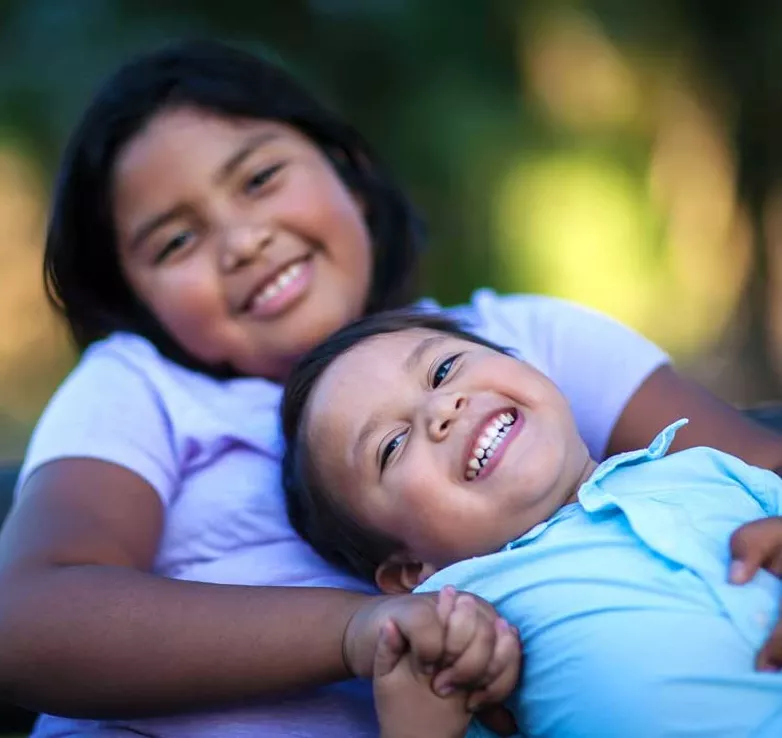
Building brighter futures
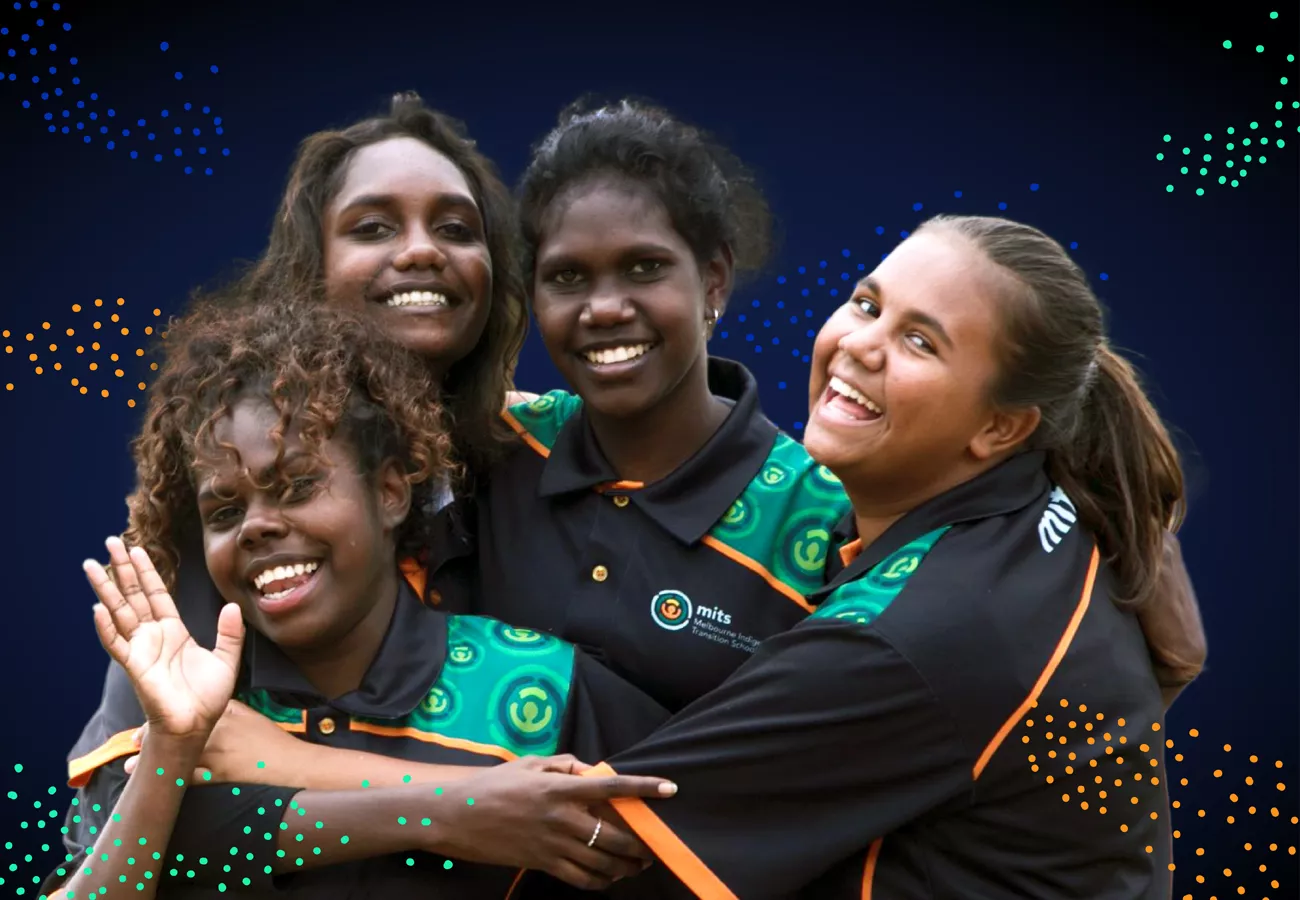
At a glance
Creating opportunities for Indigenous communities is a key priority for Slalom Australia and many of our clients in the region. As part of an ongoing partnership with the Melbourne Indigenous Transition School (MITS), we helped shape the strategy and establish data analytics capabilities that empowered the school to build new facilities and make business decisions that set students up for success.
Impact
In addition to new facilities, MITS enjoys a stronger community for its students, with better retention rates that put more young people on a path to higher learning and workforce success.
Key Services
Industry
Nonprofit & philanthropy
Forging pathways to success
The Indigenous communities of Australia make valuable contributions to the country’s identity. However, many of the children from these communities aren’t set up for higher levels of education due to geographic, structural, and societal barriers. In fact, only 56.7% of Aboriginal and Torres Strait Islander people aged 20 to 24 had completed year 12 in schooling, according to the Australian Bureau of Statistics.
That’s where the MITS comes in. This school and boarding program helps young Indigenous students from remote communities transition to partner schools in Melbourne to carry on in their education and find successful pathways into the workforce.
One of these students is Ruby, who is now the first in her family to attend college, thanks to her perseverance and an opportunity at MITS. Ruby is planning to double major in nursing and midwifery. She plans to return to her community to give back and help where it’s needed after finishing university.
“Students like Ruby come from remote areas where they might have 200 or 300 people in their community,” says Edward Tudor, chief executive officer at MITS. “Coming to Melbourne for them is certainly about educational quality and opportunity. But it’s also about that broader opportunity that is often found in a big city.”
MITS educates students in years 7 and 8 today, helping them transition to partner schools in the area for years 9 through 12. Students learn academics such as math and English, as well as life skills.
“The MITS curriculum follows the national standards; however, it’s highly differentiated and modified to meet our students’ learning needs and aspirations,” says Edward.
He explains that in the past the students were housed with host families while attending MITS, but that model presented challenges. The completion of year 7 has also been a challenge in recent years, as well as the transition period when the kids move on to partner schools.
To evolve the program wisely and help more students succeed, school administrators needed a robust view of student data.
Teaming up for transformation
In 2020, a group of Slalom employees in Melbourne made personal donations to MITS. That led to MITS reaching out to these employees, and a partnership was born. Slalom supported MITS in a pro bono capacity with student data visualisation, strategy development, and student research.
Pol Lavery and his team led the charge, building a dashboard to help MITS understand what was driving its retention issue. Next was strategy development involving student, parent, and partner school research to inform the decision to expand the schooling program to include an additional year (year 8). Finally, the Slalom team assists with regular student and family research to help shape MITS’s approach to student engagement and support.
“The dashboard brought together different sources of data to look at student experiences year over year,” explains Edward. “We noted there was a pattern of students who had moved between multiple different living environments, leading to a retention rate that we didn’t feel was sufficient in the context of the students’ aspirations.”
The education data analysis and dashboard helped MITS understand the big picture and determine how to respond to a retention rate of just over 50% post year 7. In contrast, the year 7 completion rate is 93%.
The dashboard work highlighted the need for more housing and led to MITS investing in additional boardinghouses. “Within a three-year period, we grew from one boarding house for 22 students to four boardinghouses for 100 students,” says Edward.
Edward adds that the boarding model enables the students to feel safe in their community, saying, “This model is really about cultural safety and strength.”
Additionally, the Slalom Foundation awarded two grants to MITS; the first contribution helped build a boardinghouse, and the second grant is being used to renovate new classroom spaces for the students.
“To have the Slalom Foundation contribute towards the fit-out costs for our new building allowed us to proceed with confidence,” says Edward. “It also gives our board confidence that we are making these changes with the backing of our community.”
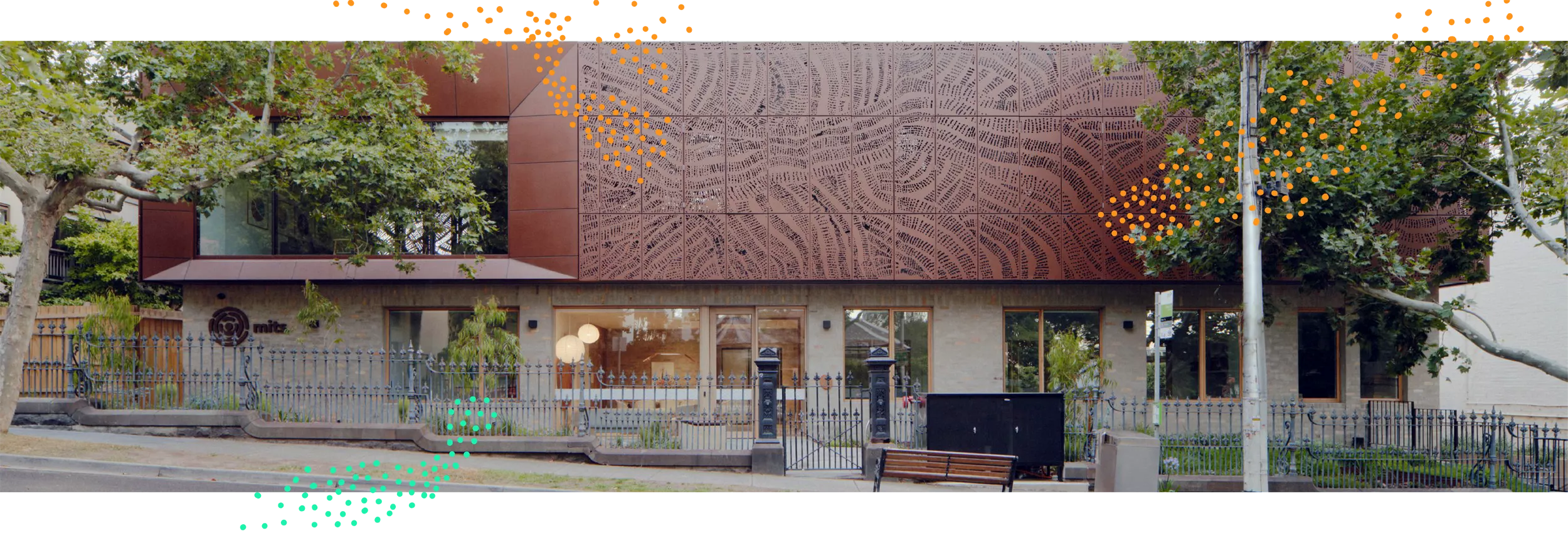
Impacting Indigenous education
MITS benefits from a unified data source that enhances decision-making and keeps students engaged in their educational journey. Edward explains, ”The dashboard guided our decision to provide on-site boarding, allowing daily connections with students.”
Today, MITS has expanded to serving year 8 students with the support and insights of Slalom. MITS uses year 8 time to help the kids get into the new school, build friendships, and learn more about the partner school community. Thanks to these data-driven changes, year 9 retention rates are up from approximately 50% to 86% today.
The MITS community has grown stronger, offering students better experiences and the highest-quality education. Students enjoy living on campus in the new boarding facility and studying in the new classroom facility.
Relationships matter in nonprofit consulting
Edward appreciates the sustainable, fulfilling partnership MITS enjoys with Slalom, especially our strategy consulting and data analytics expertise. “While money is fungible, expertise is unique,” he says. “We work with the best in each sector, and we highly value Slalom's expertise.”
He also emphasizes the importance of pro bono and social impact work, noting it creates connections beyond technical skills and reflects the values of a business.
Slalom is also thinking differently about how it creates opportunities for our Indigenous communities. By creating pathways for education, we believe that we are creating the opportunities that form the foundations of successful journeys in the workforce.
Pol agrees, noting the MITS work aligns with Slalom’s global sustainability and impact goals, and Slalom Australia’s Reconciliation Action Plan. “We've invested time and effort in MITS, but the real value for us is in working with MITS,” he says. “There are always opportunities to make an impact, and supporting organizations doing valuable work helps make the world a little better.”
As for Ruby, the MITS student who was the first in her family to attend university, she hopes more students go to Melbourne and are given the opportunity to continue on in their education and eventually put that energy back into their communities. “For my community, I hope we grow stronger,” she says. “The more people going to uni and getting careers and giving back to their communities—that’s the ultimate goal.”
Many success stories like Ruby’s exist—and many more will in the future, thanks to MITS and its inspiring work.
